High-yield cultivation techniques of eggplant
Eggplant as a vegetable, at present, farmers grow a lot, and eggplant as a diet, can be made into potato roasted eggplant, Yu-Shiang Eggplant (Sautéed with Spicy Garlic Sauce), roasted eggplant with minced meat and so on. And the economic price of eggplant is also OK, farmers planting eggplant can increase income, improve farmers' living standards, and promote the supply-side reform in rural areas. What is brought today is the high-yield cultivation technology of eggplant.
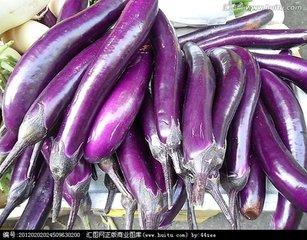
I. grafting and raising seedlings
1. Soaking seeds to accelerate germination
Soak eggplant seeds with 50% carbendazim or Jiamejin for 1-2 hours, or soak eggplant seeds in 55 ℃ warm water for 15 minutes to room temperature, and soak with Jiamei points for 6-8 hours. After 16 hours under 25-30 ℃, then cool to 20 ℃ for 8 hours, or 30 ℃ for 8 hours, 20 ℃ for 16 hours, and change repeatedly. Turn twice every morning and evening, spray water properly when you see dry, and cool down to 16-25 ℃ for exercise after sprouting.
2. Sowing seeds
The original soil and dividend of unplanted Solanaceae crops, diammonium phosphate and plant ash were mixed into seedling soil, and then watered thoroughly. When sowing, it should be covered with a thick 1cm nutrient soil dividend. The optimum temperature for eggplant germination is about 30 ℃.
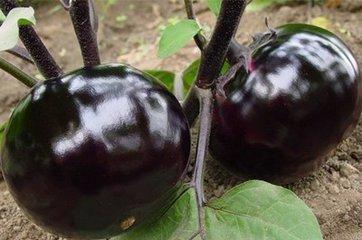
II. Colonization
1. Soil preparation and fertilization
10-15 days before planting, the bottom water is fully irrigated, and the rotten farm manure 9000kg per mu is generally applied. Oil residue above 150-200kg, diammonium phosphate 30kg, potassium sulfate 30kg, calcium superphosphate 80-100kg. Mix evenly, sprinkle 2/3 into the ground to make ridges, and the remaining 1/3 are concentrated on the bottom of the ridge. Ridge height 15-20cm, ridge width 80cm, ridge width 50cm.
2. Greenhouse disinfection
Add dichlorvos 0.25kg with sulfur powder 2-3kg per mu, mix well with sawdust and light it in heaps, then set it in airtight greenhouse for 24 hours.
3. Planting density
The planting density of eggplant is generally about 2200-2500 plants per mu.
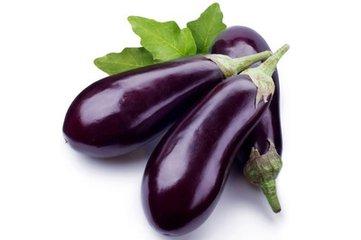
III. Management after planting
The main results are as follows: 1. The slow seedling stage after planting usually takes 7-10 days, the temperature is about 30 ℃ in daytime, 20 ℃ at night, and the ground temperature is about 25 ℃. The relative humidity is 75% occasionally, the root system is strong and the seedlings are sturdy. Pruning should be done in time after slow seedling stage, and old leaves, diseased leaves, yellow leaves and malformed fruits should be removed, which not only saves nutrients to prevent diseases, but also helps ventilation and light transmission.
2. Fertilizer and water management
When the watering temperature is about 20 ℃, dark irrigation under plastic film is generally adopted, and the principle of applying fertilizer and water for many times with a small amount is adhered to. Generally, about a week after planting, Jiamei is applied 1-2 times with 5-10 kg / mu. At the same time, fulvic acid organic fertilizer and medium and micronutrient element Jinli can be used to irrigate roots to improve the buffer of soil temperature and soil and promote flower bud differentiation. About six weeks after planting, eggplant entered the flower bud stage, vegetative growth and reproductive growth were carried out at the same time. Jiameichong was applied 15-20 kg 2-3 times per mu, and fulvic acid and medium and micronutrient elements such as Jiamejin were sprayed 2-3 times to improve pollination rate, protect flowers and fruits, and control deficiency diseases.
Fruit-picking fertilizer should be applied frequently. When the door eggplant is harvested, the second and third layers of fruit will also expand and grow, blossom and sit fruit one after another, apply 20-25kg / mu of fertilizer to Jiamei, and then apply it every 10-15 days. Spray fulvic acid, boron, calcium and other micronutrient elements 2-3 times.

IV. Harvest
The standard of eggplant harvest is that when the ring band where the sepals are connected to the fruit is not obvious or disappears, it indicates that the fruit has stopped growing, and the harvest yield and quality are better. Use scissors to cut the fruit stalk during harvest to avoid damaging the plant by hand.
- Prev
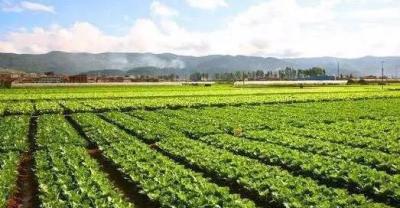
Osmanthus planting technology
1. Osmanthus fragrans (tea) efficacy and role of spicy osmanthus fragrans, can be used as medicine. Have expectorant, cough, salivation, toothache and other effects. Sweet osmanthus flavor, lasting, can be made cake...
- Next
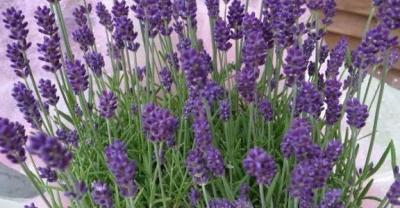
Tomato planting and Water and Fertilizer Management
This paper introduces in detail the planting and later management of tomato, and expounds the light demand and water and fertilizer characteristics of tomato.
Related
- Fuxing push coffee new agricultural production and marketing class: lack of small-scale processing plants
- Jujube rice field leisure farm deep ploughing Yilan for five years to create a space for organic food and play
- Nongyu Farm-A trial of organic papaya for brave women with advanced technology
- Four points for attention in the prevention and control of diseases and insect pests of edible fungi
- How to add nutrient solution to Edible Fungi
- Is there any good way to control edible fungus mites?
- Open Inoculation Technology of Edible Fungi
- Is there any clever way to use fertilizer for edible fungus in winter?
- What agents are used to kill the pathogens of edible fungi in the mushroom shed?
- Rapid drying of Edible Fungi

